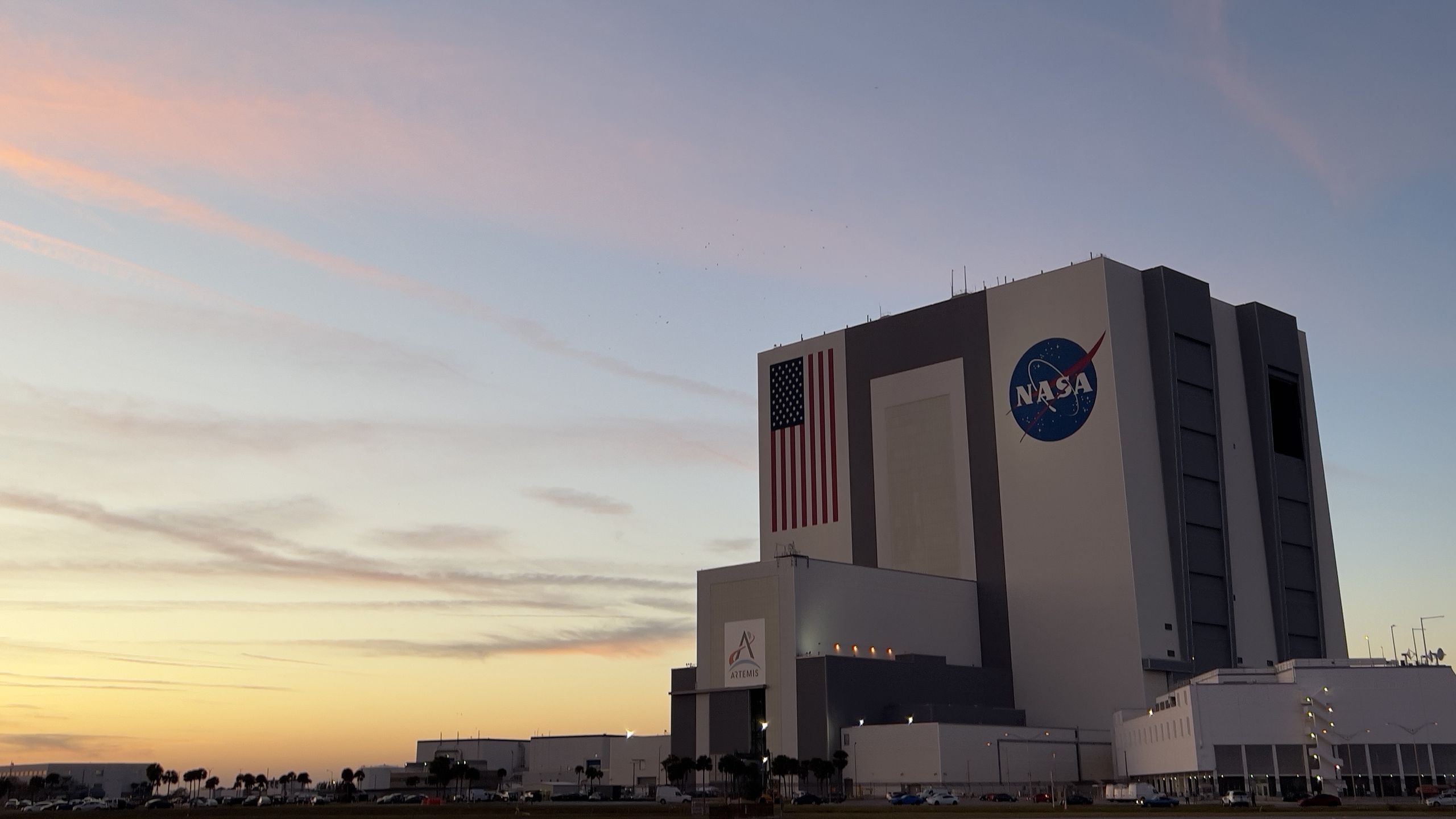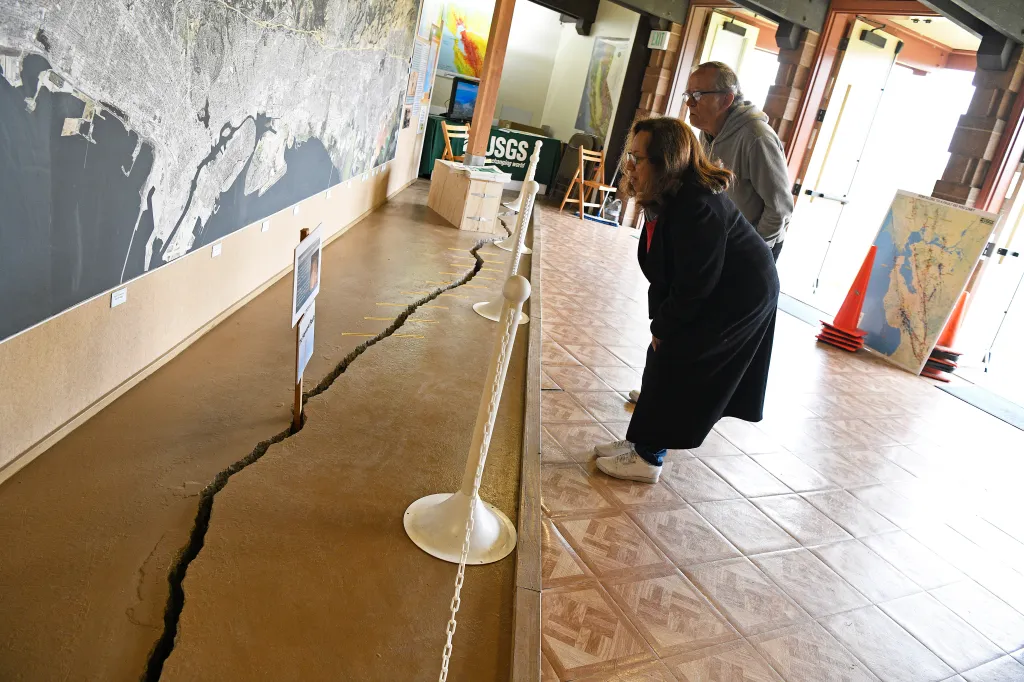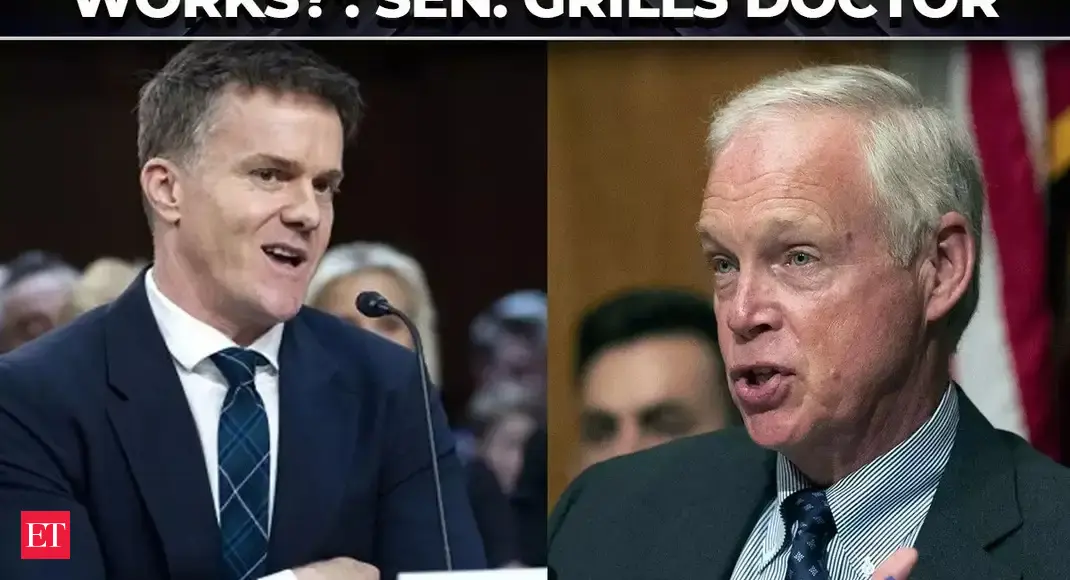
NASA is bracing for the possibility of a federal government shutdown if Congress fails to pass a funding bill –– a recurring crisis that grinds activity to a halt across most civilian agencies in the U.S.
A government shutdown would force NASA to scale back most of its activities, sending the majority of its workforce home without pay. Only a small number of essential personnel would remain, tasked with protecting mission-critical assets such as spacecraft in orbit, astronauts aboard the International Space Station (ISS) and other safety operations, while most research and development would come to a halt.
NASA’s contingency plan, as outlined in its shutdown FAQs from 2018, emphasizes that only “activities which are necessary to prevent harm to life or property” are exempt from being affected. So, without a funding bill by the end of Sept. 30 — the end of the current fiscal year — agency offices will close, labs will go quiet and most of NASA’s employees will find themselves facing a furlough.
“The appropriations process is ongoing. All essential and safety-critical NASA activities will remain operational,” NASA officials told Space.com in an email on Sept. 29.
In addition to keeping the ISS operational and monitoring satellites that provide things like weather and climate data, the agency can also request exceptions for other activities deemed critical.
For example, perhaps NASA’s most notable upcoming mission, Artemis 2, will fly a crew of four astronauts around the moon for the first time since the Apollo program in 1972. A recent mission briefing revealed that Artemis 2 could launch as soon as Feb. 5, but any delay in preparations could easily push the target date closer to the end of its launch window in April.
Lakiesha Hawkins, NASA’s acting deputy administrator for exploration systems, said the agency expects to win such exceptions for Artemis 2.
“This is obviously very safety-critical, and we anticipate being able to request, and being able to continue to move forward on Artemis 2 in the event of a shutdown,” Hawkins said during a press conference on Sept. 23.
During a shutdown, NASA employees who are not assigned to those exempt duties are barred from working, even on a volunteer basis. During the 2018 government shutdown, about 95% of NASA’s workforce was sent home. That left skeleton crews at centers across the country to ensure spacecraft remained operational, while research, contract management, public outreach and most programs went dark.
Contractors face a patchwork of outcomes. Some may continue working for a spell if their contracts are already funded, while others would be sidelined at the loss of facility access and the inability to coordinate with furloughed civil servant colleagues. A small handful would be tasked with “orderly shutdown” duties, such as powering down systems, before stepping away, according to a NASA contract employee not authorized to speak on behalf of the agency.
Work on new missions, hardware testing, technology development, and non-critical science would be paused until funding is restored, adding potential delays and costs once normal operations resume.



